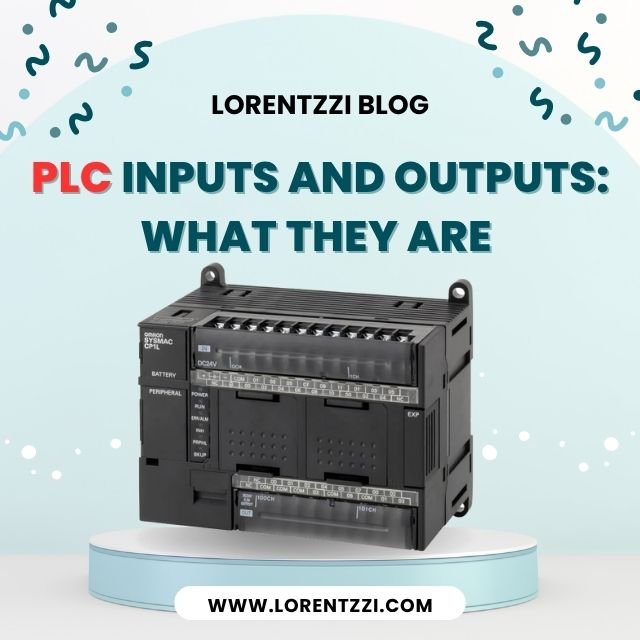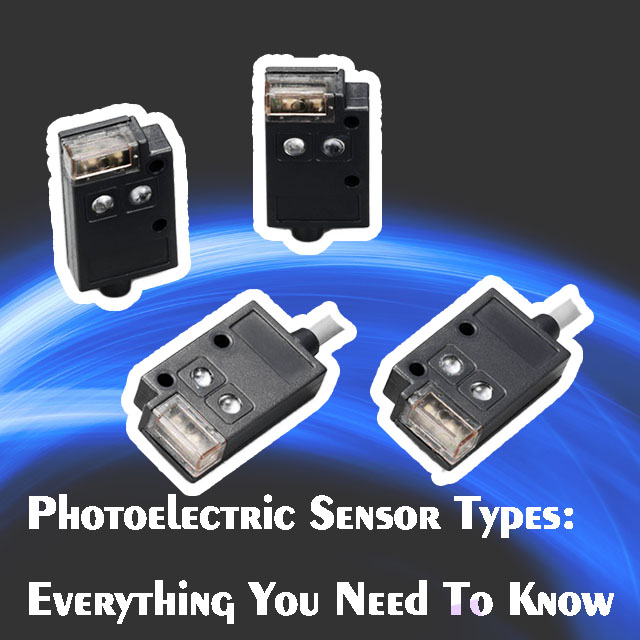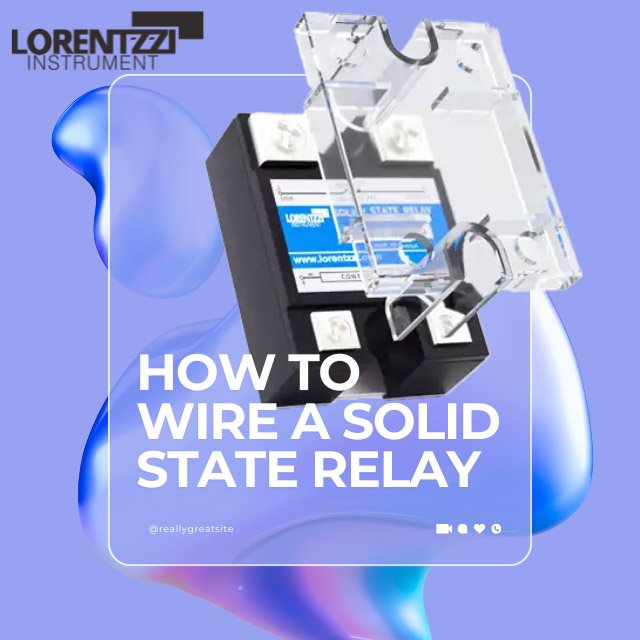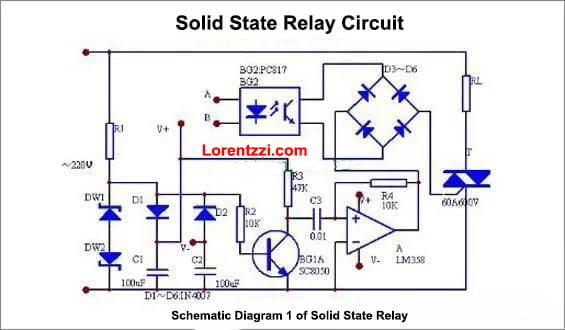هل سبق لك أن شاهدت خط تجميع آلي، مع عشرات المحركات وأجهزة الاستشعار والمشغلات التي تتحرك بتسلسل مثالي دون خطأ واحد؟
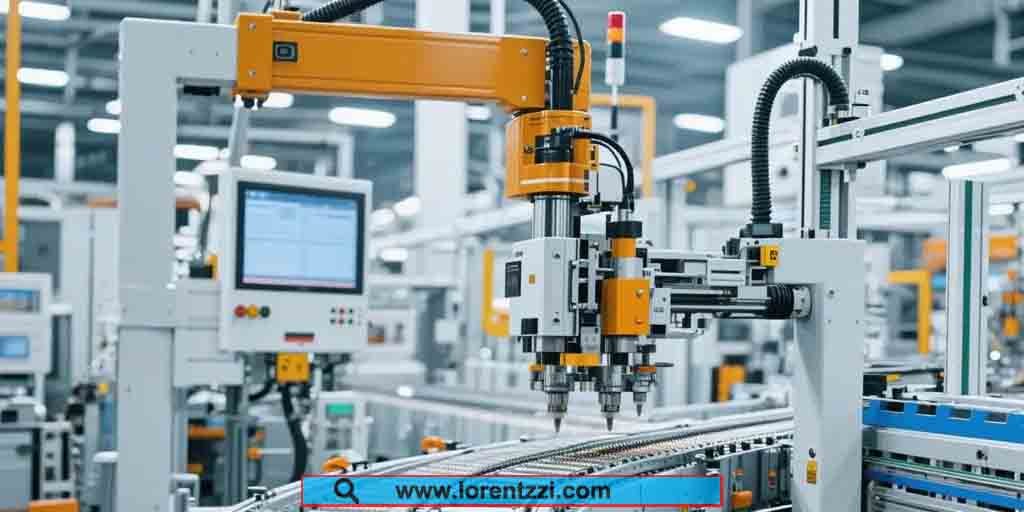
ما الذي يبقيهم جميعاً على نفس الخطى؟ ليس عن طريق الصدفة، ولكن عن طريق موصل خفي.
يعتقد الكثير من الناس أن المعالجات الدقيقة أو الرقاقات الدقيقة هي وحدات التحكم الحقيقية، ولكن الأنظمة الصناعية تعتمد على جهاز متخصص: وحدة تحكم منطقية قابلة للبرمجة (يطلق عليها الكثير من الناس ببساطة "PLC").
كمركز قيادة للماكينة، يقوم المجلس التشريعي المنطقي القابل للبرمجة (PLC) بتنفيذ البرامج المخزنة، والتحكم في وقت بدء تشغيل كل مكون أو توقفه أو ضبطه، مما يضمن سير العملية بأكملها كما تم تصميمها تمامًا.
لذا ستتعلم في هذه المقالة:
- ما هو PLC بالضبط؟
- مدخلات ومخرجات PLC
- ما هي المنتجات التي يمكن استخدامها مع PLC
- وأكثر من ذلك.
ما هو المجلس التشريعي الفلسطيني؟
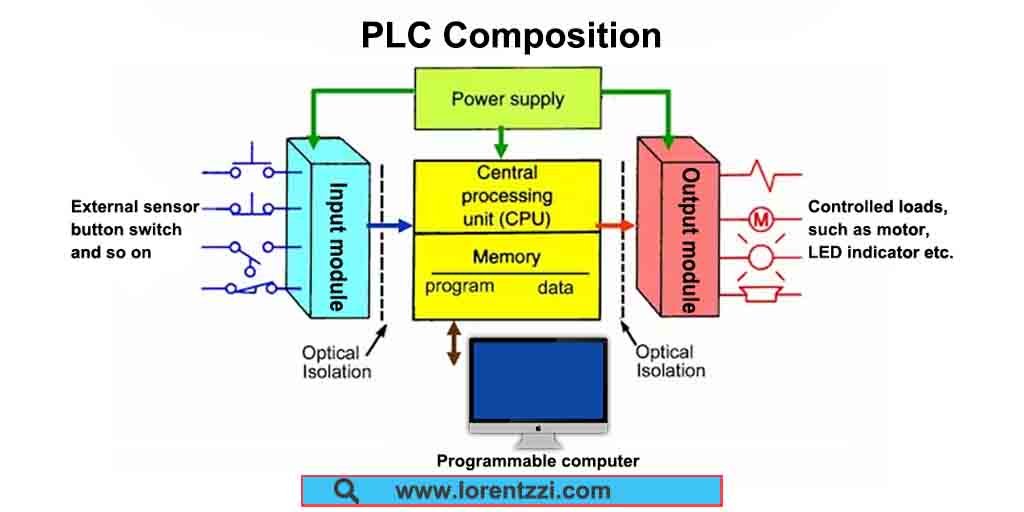
جهاز التحكم المنطقي القابل للبرمجة (PLC) هو كمبيوتر صناعي متين مهمته الأساسية هي تنفيذ البرامج المكتوبة من قبل المستخدم في دورات مسح مستمرة.
أثناء كل عملية مسح، يقوم PLC
- يقرأ حالة جميع أجهزة الإدخال (الحساسات والمفاتيح);
- تقييم المنطق المبرمج وتنفيذ الخوارزميات وتطبيق وظائف التوقيت أو التسلسل;
- تحديث جداول صور الإخراج وتشغيل المشغلات أو المحركات أو المؤشرات وفقًا لذلك.
على سبيل المثال، يمكنك برمجة PLC لتشغيل وإطفاء آلاف مصابيح LED بنمط دقيق.
من خلال الجمع بين كتل المؤقت، والعدادات، وتعليمات الخوارزمية، يمكن لوحدة التحكم المنطقية القابلة للبرمجة (PLC) إنشاء عروض ضوئية ديناميكية أو عرض رسومات محددة مسبقًا على واجهات كبيرة.
مدخلات PLC
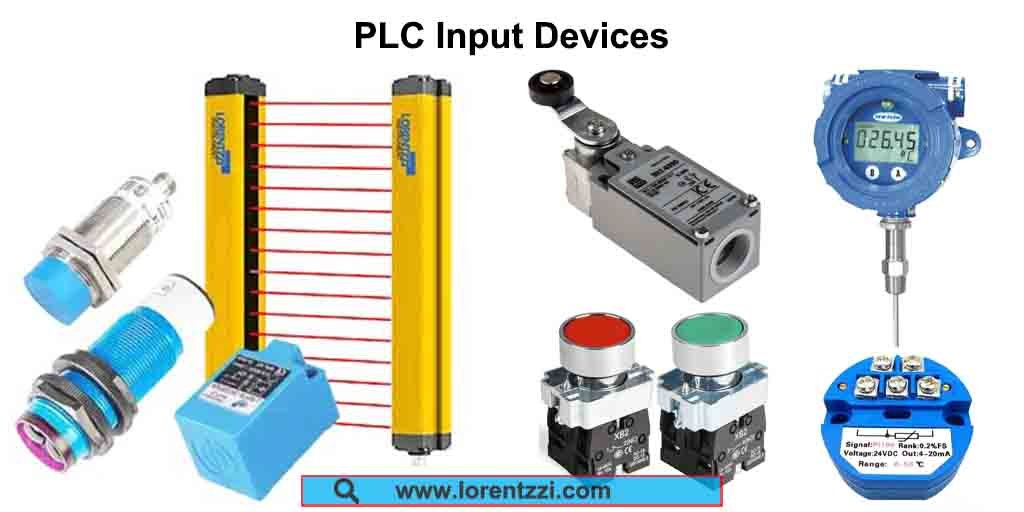
تنقسم مدخلات PLC إلى فئتين: رقمية وتناظرية.
- تحتوي المدخلات الرقمية على ثلاثة تكوينات أسلاك:
- مدخلات (مصدر) PNP (PNP)، مثل PNP مستشعرات القرب,
- مدخلات (بالوعة) NPN، مثل NPN مستشعرات القرب,
- مدخلات التلامس الجاف، مثل مفاتيح الحد، والأزرار, مفاتيح تبديل العوامةوالمرحلات الكهرومغناطيسية
- تقبل المدخلات التناظرية الإشارات القياسية مثل 0-5 فولت، 0-10 فولت فولت (جهد) و0-20 مللي أمبير، 4-20 مللي أمبير (تيار).
أحد الأمثلة المثيرة للاهتمام هو إذا كان مستشعر درجة الحرارة بحاجة إلى إرسال إشارة إلى PLC، فيجب تحويل التغيير في مستشعر درجة الحرارة إلى إشارة جهد قياسية 0-10VDC أو إشارة تيار 4-20mA من خلال جهاز إرسال درجة الحرارة.
تعمل أجهزة الإدخال هذه كمستشعرات لاكتشاف التغييرات الخارجية، ويمكن لوحدة التحكم المنطقية القابلة للبرمجة (PLC) بعد ذلك جمع هذه البيانات واتخاذ قرارات لتنفيذ إجراءات مثل تقليل سرعة المحرك، وقطع الطاقة، وما إلى ذلك.
مخرجات PLC
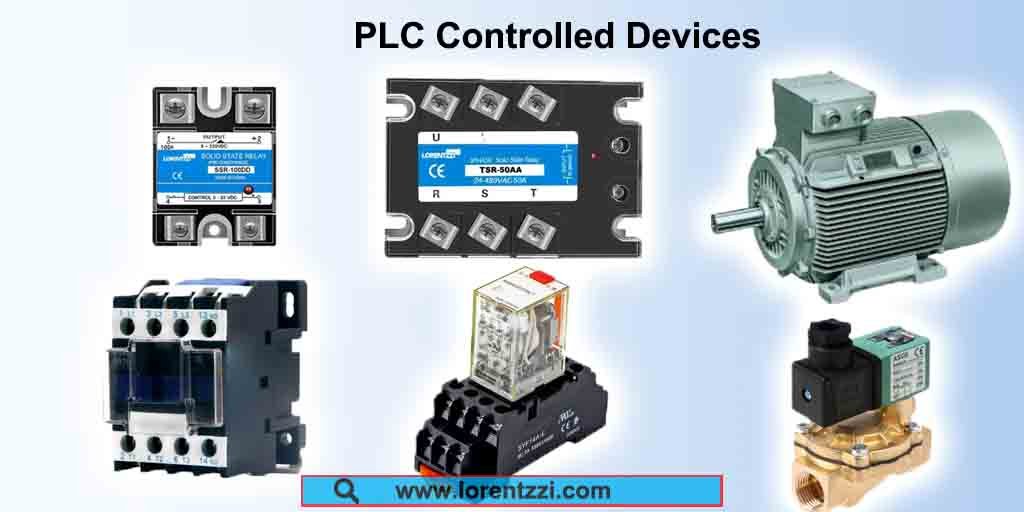
بعد أن يتلقى البرنامج الداخلي لـ PLC إشارة المستشعر ويعالج المعلومات، يأتي دور PLC للإخراج.
بالمعنى الدقيق للكلمة، هناك ثلاثة أنواع من مخرجات PLC: مخرجات المرحل، ومخرج الترانزستور، ومخرج الثايرستور.
في الجزء التالي، سنقدم المزيد من المعلومات حول هذه المخرجات الثلاثة.
- خرج المرحل: خرج المرحل هو تلامس جاف، ويحتاج إلى مصدر طاقة خارجي لتوفير الطاقة للحمل أو وحدات التحكم الوسيطة الأخرى. تبلغ سرعة تبديل تلامس خرج المرحل بشكل عام بضعة أجزاء من الثانية، وهي أبطأ بكثير من مخرجات الترانزستور والثايرستور.
- خرج الترانزستور: هذا الخرج عبارة عن تلامس رطب ويمكنه توفير طاقة تيار مستمر للأجهزة الخارجية، ولكن سعة حمله منخفضة جدًا، 100-200 مللي أمبير فقط، ولا يمكنه قيادة الحمل مباشرة. إذا كنت بحاجة إلى التحكم في حمولة أكبر، يمكنك استخدام مرحل كهرومغناطيسي أو موصل تيار متردد كوسيط وسيط للتحكم بشكل غير مباشر في الحمل الكبير.
- خرج الثايرستور: خرج الثايرستور هو أيضًا تلامس رطب، ويمكنه توفير طاقة تيار متردد للحمل. مثل خرج الترانزستور، سعة حمله منخفضة أيضًا. يوفر هذا الخرج خيارًا آخر لحمل التحكم PLC.
ما هي المنتجات التي يمكن استخدامها مع PLC؟
جزء مدخلات PLC:
- مستشعرات ذات مخرجات الحالة الصلبة (NPN/PNP، 3 أسلاك): القرب الاستقرائي, القرب السعوي, مستشعر كهروضوئي, ستارة ضوء الأمان, مشفر تزايديوجهاز تشفير مطلق، وجهاز إرسال الضغط، وجهاز إرسال التدفق، وجهاز إرسال درجة الحرارة.
- أجهزة التلامس الجاف: مفتاح حد، مفتاح تعويم، مفتاح تعويم، مفتاح صغير، زر ضغط، مفتاح اختيار.
- الإمدادات المساعدة: مزود طاقة تبديل التيار المستمر بجهد 24 فولت، ومحول التيار المستمر-التناوب (لتغذية المستشعرات).
جزء مخرجات PLC مخرجات PLC:
- مخرجات الترحيل (تلامس جاف، تيار متردد/ تيار مستمر): ملف موصل التيار المتردد، صمام الملف اللولبي للتيار المتردد، مصباح المؤشر، موصل السخان، المحرك الصغير.
- مخرجات الترانزستور (تيار مستمر فقط، عالي السرعة): ملف موصل التيار المستمر، صمام الملف اللولبي للتيار المستمر, مرحل الحالة الصلبة للتيار المستمر، مدخلات نبض محرك السائر/المحرك المؤازر النبضي، مصباح الجهد المنخفض.
- مخرجات Triac / SSR (تيار متردد فقط): مرحل الحالة الصلبة للتيار المتردد، مصباح التيار المتردد، صمام الملف اللولبي للتيار المتردد.
- المخرجات التناظرية (0-10 فولت، 4-20 مللي أمبير): مرجع تردد العاكس، الصمام النسبي، نقطة ضبط وحدة التحكم في درجة الحرارة.
الخاتمة
باختصار، PLC هو وحدة التحكم المركزية في الأتمتة الصناعية. يمكنه الاتصال بسلاسة مع مجموعة متنوعة من المستشعرات والمشغلات والأجهزة الميدانية الأخرى لأداء المهام المعقدة.
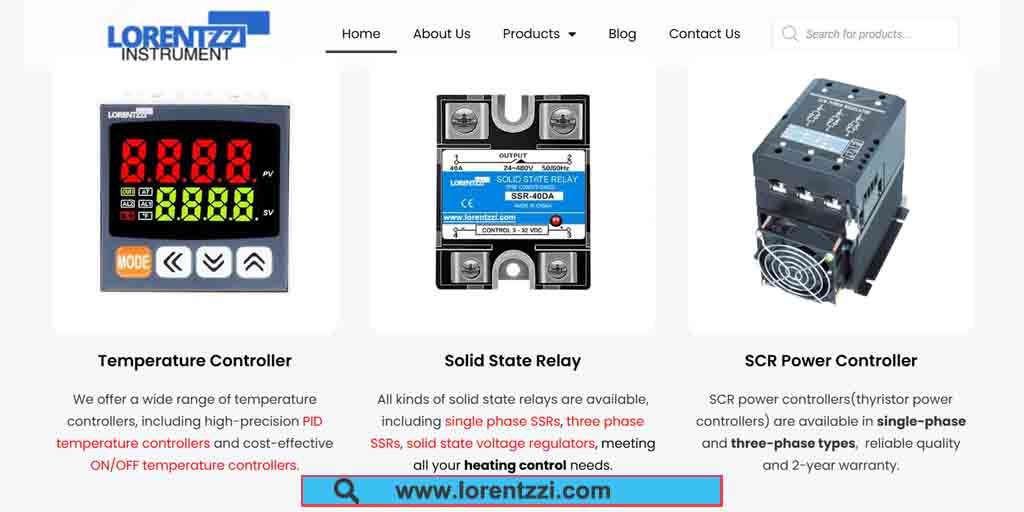
لورنتزي® تقدم مجموعة شاملة من إمدادات الطاقة وأجهزة الاستشعار والمشغلات المتوافقة مع PLC.
إذا كنت تقوم الآن بتحديد مصادر هذه المكونات لـ PLC الخاص بك، يرجى اتصل بنا أو إرسال بريد إلكتروني مباشرةً إلى shonxu@lorentzzi.comسنقوم بالرد عليك خلال 24 ساعة.

